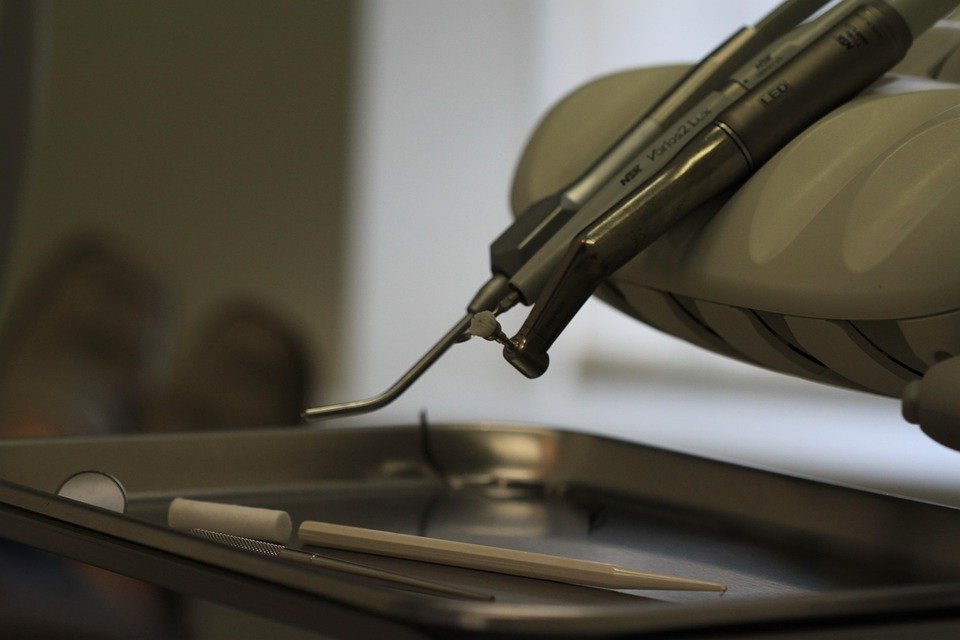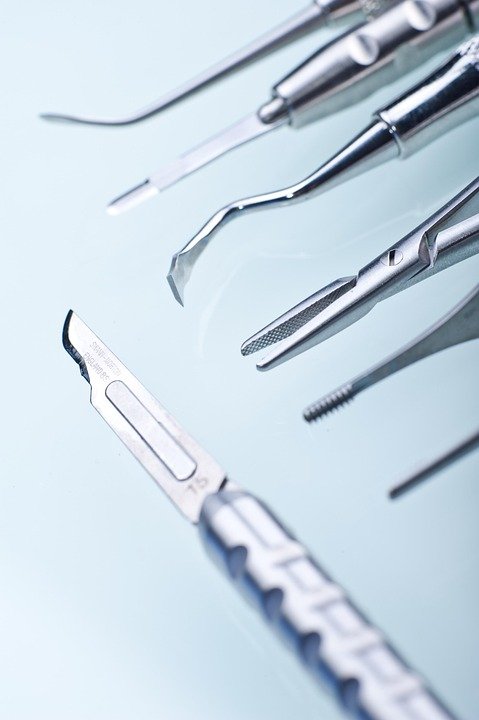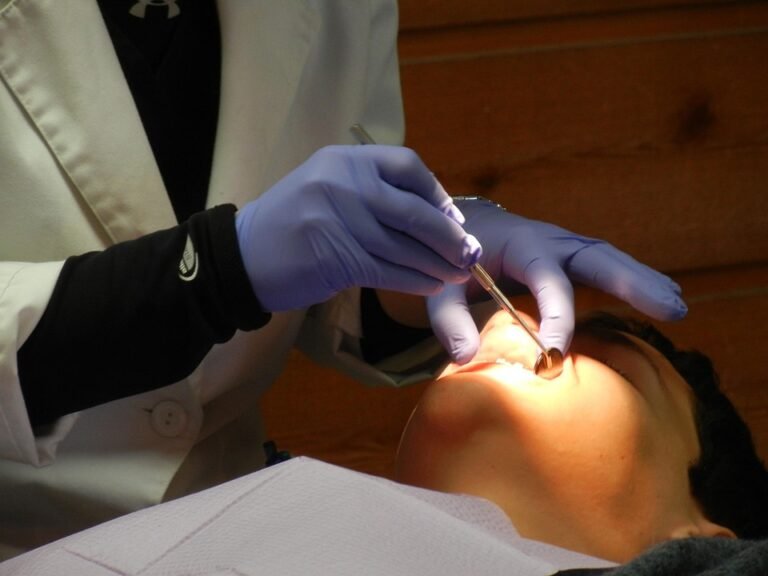What are the core clinical skills needed for future dental practice?
Okay, so I’m a current dental student and I’m starting to feel a little overwhelmed. There’s so much to learn. What are the absolute essential clinical skills I need to really focus on mastering now so I can be a competent and confident dentist when I graduate? I’m not just talking about passing exams – I mean the skills that will actually make me a good practitioner, the ones I’ll use every single day.
Specifically, I’m wondering about more than just things like "do a filling." What are the nuances? Like, how do I really perfect my cavity prep technique so that my restorations last? What about managing anxious patients effectively, and how do I improve my diagnostic skills so I don’t miss something crucial? Are there specific techniques within endodontics that are becoming more important due to advancements in technology? What are some cutting edge skills, like utilizing digital dentistry or applying new biomaterials, that are going to be more critical in the next 5-10 years?
I’m thinking beyond the basic curriculum here. What separates a good dentist from a great dentist, skill-wise? What should I really be striving for? What experiences should I try to seek out during my clinical rotations to maximize my learning in these core areas? Any advice from experienced practitioners would be hugely appreciated!
Answer
Future dental practice will demand a sophisticated blend of traditional clinical skills, advanced technological proficiency, and a strong emphasis on patient-centered care. Here’s a detailed breakdown of the core clinical skills needed:
I. Foundational Diagnostic and Treatment Skills:
-
Comprehensive Examination & Diagnosis:
- Thorough patient history taking: Effectively gathering medical, dental, and social history to identify risk factors and inform treatment planning. This includes probing for information about allergies, medications, systemic diseases, and psychosocial factors impacting oral health.
- Extraoral and Intraoral Examination: Performing meticulous visual and tactile examinations of the head, neck, and oral cavity. This involves assessing lymph nodes, temporomandibular joints, soft tissues (mucosa, tongue, palate, oropharynx), and hard tissues (teeth, alveolar bone).
- Radiographic Interpretation: Proficiently analyzing conventional (periapical, bitewing, panoramic) and advanced (CBCT) radiographs to detect caries, periodontal disease, periapical lesions, developmental anomalies, and other pathological conditions. This includes understanding radiation safety protocols.
- Diagnostic Testing: Skillfully performing and interpreting diagnostic tests such as pulp vitality testing (electric, thermal), percussion, palpation, mobility assessment, periodontal probing, and occlusal analysis.
- Differential Diagnosis: Developing a systematic approach to formulating a list of possible diagnoses based on clinical and radiographic findings, and then narrowing down the possibilities through further investigation.
-
Caries Management:
- Early Caries Detection: Utilizing advanced caries detection methods (e.g., laser fluorescence, quantitative light-induced fluorescence – QLF) to identify early enamel lesions and implement preventive strategies.
- Non-Invasive Caries Management: Employing techniques like fluoride therapy, remineralizing agents, and dietary counseling to arrest or reverse early caries lesions without invasive intervention.
- Operative Dentistry: Skillfully preparing cavities and placing direct restorations (amalgam, composite resin, glass ionomer) using appropriate isolation techniques, bonding protocols, and finishing/polishing procedures.
- Indirect Restorations: Preparing teeth for and delivering indirect restorations (inlays, onlays, crowns, veneers) fabricated from various materials (ceramics, metal alloys, composite resins) using digital or conventional impression techniques.
-
Periodontal Therapy:
- Periodontal Assessment: Accurately assessing periodontal health using comprehensive probing depths, attachment loss measurements, bleeding on probing, furcation involvement, and mobility indices.
- Scaling and Root Planing: Performing thorough scaling and root planing to remove plaque, calculus, and endotoxins from root surfaces, promoting periodontal healing.
- Periodontal Surgery: Executing various periodontal surgical procedures, including flap surgery, osseous recontouring, guided tissue regeneration, and soft tissue grafting, to address advanced periodontal disease and improve esthetics.
- Periodontal Maintenance: Implementing individualized periodontal maintenance programs to prevent disease recurrence and maintain long-term periodontal health.
-
Endodontics:
- Access Cavity Preparation: Precisely preparing access cavities to locate and negotiate root canals.
- Canal Preparation: Properly cleaning and shaping root canals using rotary instrumentation, irrigation protocols, and apex locators.
- Obturation: Effectively obturating root canals with gutta-percha and sealer using techniques like lateral condensation, warm vertical condensation, or carrier-based obturation.
- Endodontic Retreatment: Skillfully removing existing root canal filling materials and re-treating failed endodontic cases.
- Apexification/Apexogenesis: Managing immature teeth with open apices using techniques like apexification or apexogenesis to promote root development.
-
Oral Surgery:
- Tooth Extraction: Performing atraumatic tooth extractions, including simple and surgical extractions, with proper anesthesia and hemostasis.
- Surgical Extractions: Managing impacted teeth, retained root fragments, and other complex surgical extractions.
- Alveoloplasty: Performing alveoloplasty to reshape alveolar bone for denture placement or other restorative purposes.
- Soft Tissue Biopsy: Obtaining representative soft tissue biopsies for diagnostic purposes.
- Management of Oral Infections: Diagnosing and managing odontogenic infections, including incision and drainage of abscesses and antibiotic therapy.
- Prosthodontics:
- Removable Prosthodontics: Fabricating and delivering complete dentures and removable partial dentures, ensuring proper fit, occlusion, and esthetics.
- Fixed Prosthodontics: Fabricating and delivering single crowns, bridges, and implant-supported prostheses, ensuring proper fit, occlusion, and esthetics.
- Implant Dentistry: Placing dental implants (if trained) or restoring dental implants with crowns, bridges, or overdentures.
- Occlusion: Understanding and managing occlusal relationships to ensure proper function and prevent temporomandibular joint disorders (TMD).
II. Advanced Technological Skills:
-
Digital Dentistry:
- Intraoral Scanning: Proficiently using intraoral scanners to obtain digital impressions for crowns, bridges, implants, and orthodontic appliances.
- CAD/CAM Technology: Utilizing computer-aided design (CAD) and computer-aided manufacturing (CAM) technology to design and fabricate restorations in-office or through a dental laboratory.
- 3D Printing: Utilizing 3D printing technology to create surgical guides, models, and other dental appliances.
- Digital Radiography: Operating and interpreting digital radiographic systems (including cone-beam computed tomography – CBCT) to enhance diagnostic capabilities.
- Digital Smile Design (DSD): Employing DSD principles and software to plan esthetic treatments and communicate with patients and dental technicians.
-
Laser Dentistry:
- Laser-Assisted Procedures: Utilizing lasers for various dental procedures, including caries removal, soft tissue surgery, periodontal therapy, and endodontic treatment. Understanding laser safety protocols and selecting appropriate laser wavelengths for specific applications.
- Artificial Intelligence (AI):
- AI-Assisted Diagnosis: Utilizing AI-powered tools for caries detection, radiographic analysis, and treatment planning.
- AI-Driven Treatment Optimization: Employing AI algorithms to personalize treatment plans and optimize treatment outcomes.
III. Patient-Centered Care Skills:
-
Communication Skills:
- Active Listening: Actively listening to patients’ concerns, understanding their needs, and building rapport.
- Effective Explanation: Clearly explaining treatment options, risks, benefits, and costs in a way that patients can understand.
- Motivational Interviewing: Using motivational interviewing techniques to encourage patients to adopt healthy oral hygiene habits and make informed decisions about their treatment.
- Cultural Competence: Providing culturally sensitive care that respects patients’ diverse backgrounds, beliefs, and values.
-
Pain and Anxiety Management:
- Local Anesthesia: Administering local anesthesia effectively and safely to minimize pain during dental procedures.
- Sedation Techniques: Employing various sedation techniques (nitrous oxide, oral sedation, intravenous sedation) to manage patient anxiety and facilitate treatment.
- Non-Pharmacological Pain Management: Utilizing non-pharmacological techniques (e.g., distraction, relaxation techniques) to reduce pain and anxiety.
-
Teamwork and Collaboration:
- Working with Dental Auxiliaries: Effectively delegating tasks to dental assistants and hygienists to optimize efficiency and productivity.
- Interprofessional Collaboration: Collaborating with other healthcare professionals (physicians, pharmacists, physical therapists) to provide comprehensive patient care.
-
Ethical and Legal Considerations:
- Informed Consent: Obtaining informed consent from patients before initiating treatment, ensuring they understand the risks, benefits, and alternatives.
- Patient Confidentiality: Maintaining patient confidentiality and adhering to HIPAA regulations.
- Ethical Decision-Making: Making ethical decisions in complex clinical situations, considering the best interests of the patient.
- Practice Management:
- Efficient Workflow Management: Streamlining office workflows to improve efficiency and patient satisfaction.
- Electronic Health Records (EHR): Utilizing EHR systems to manage patient records, schedule appointments, and process insurance claims.
- Marketing and Patient Acquisition: Implementing effective marketing strategies to attract new patients and retain existing ones.
IV. Critical Thinking and Problem-Solving:
- Evidence-Based Dentistry:
- Literature Review: Critically evaluating scientific literature to inform clinical decision-making.
- Applying Research Findings: Integrating research findings into clinical practice to provide the best possible care.
- Adaptability and Innovation:
- Continuous Learning: Staying up-to-date with the latest advances in dental technology and techniques through continuing education courses and professional development activities.
- Problem-Solving: Developing creative solutions to complex clinical challenges.
- Critical Appraisal of New Technologies: Assessing the efficacy and suitability of new technologies before integrating them into practice.
These core clinical skills, encompassing technical proficiency, technological integration, and patient-centered approaches, are essential for dentists to thrive in the evolving landscape of future dental practice. Continuous learning and adaptation will be crucial for success.




